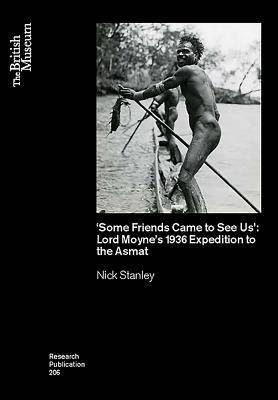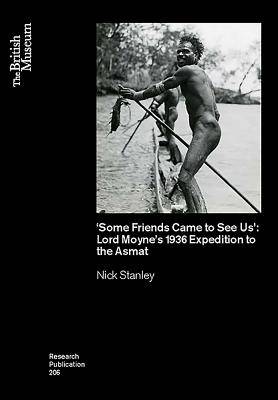
- Afhalen na 1 uur in een winkel met voorraad
- Gratis thuislevering in België vanaf € 30
- Ruim aanbod met 7 miljoen producten
- Afhalen na 1 uur in een winkel met voorraad
- Gratis thuislevering in België vanaf € 30
- Ruim aanbod met 7 miljoen producten
Zoeken
€ 33,45
+ 66 punten
Omschrijving
Walter Edward Guinness (1880-1944), the first Lord Moyne, was an Anglo-Irish politician, businessman and explorer. Travelling across the globe in his private yacht in search for ethnographic material, Lord Moyne visited South Papua three times in 1929, 1935 and 1936. Unlike previous explorers of New Guinea, Lord Moyne and his group travelled along the rivers much further inland, and were able to make sustained contact with several groups of villages, engaging in performances and bartering for a range of objects that included shields and other carvings. Many of these objects were brought back to the British Museum as a means to address the severe lack of representation of South Papuan art and handicraft in the collection for which the area is renowned.
Using the most advanced equipment to hand, Lord Moyne's party took some of the first photographs of the indigenous Asmat people. The wide-ranging series of photographs taken by his companion Lady Vera Broughton provide a unique account of indigenous Asmat life and culture at the time immediately prior to colonisation. many of which are published here for the first time.
Using the most advanced equipment to hand, Lord Moyne's party took some of the first photographs of the indigenous Asmat people. The wide-ranging series of photographs taken by his companion Lady Vera Broughton provide a unique account of indigenous Asmat life and culture at the time immediately prior to colonisation. many of which are published here for the first time.
Specificaties
Betrokkenen
- Auteur(s):
- Uitgeverij:
Inhoud
- Aantal bladzijden:
- 90
- Taal:
- Engels
- Reeks:
- Reeksnummer:
- nr. 206
Eigenschappen
- Productcode (EAN):
- 9780861592067
- Verschijningsdatum:
- 28/09/2016
- Uitvoering:
- Paperback
- Formaat:
- Trade paperback (VS)
- Afmetingen:
- 206 mm x 290 mm
- Gewicht:
- 294 g

Alleen bij Standaard Boekhandel
+ 66 punten op je klantenkaart van Standaard Boekhandel
Beoordelingen
We publiceren alleen reviews die voldoen aan de voorwaarden voor reviews. Bekijk onze voorwaarden voor reviews.











